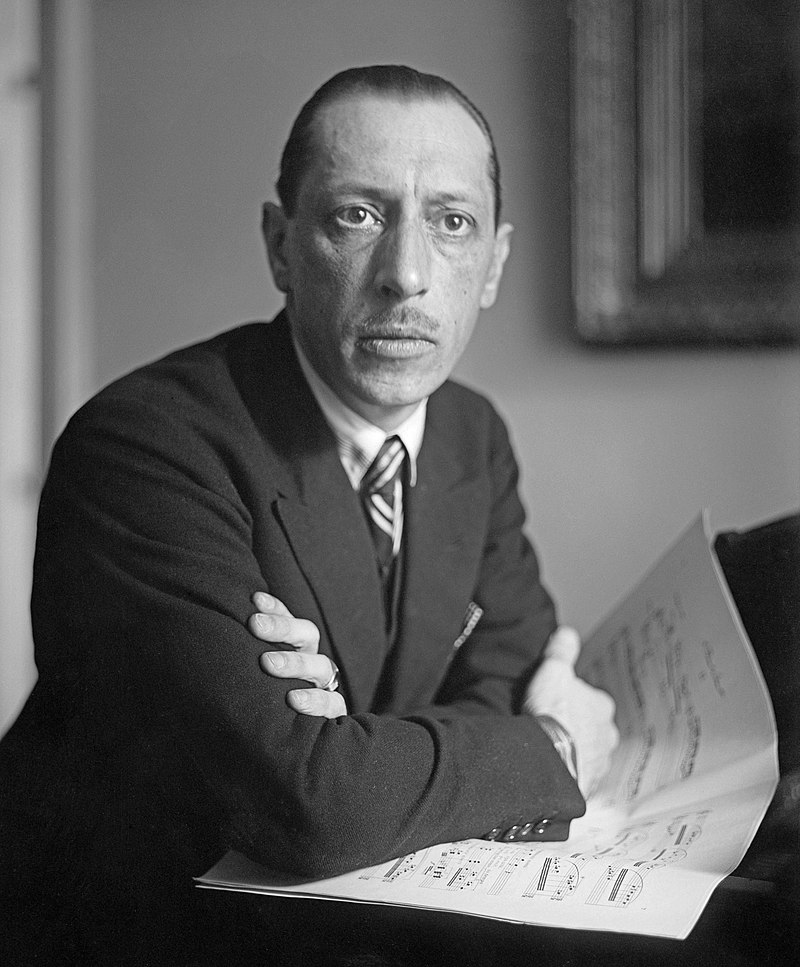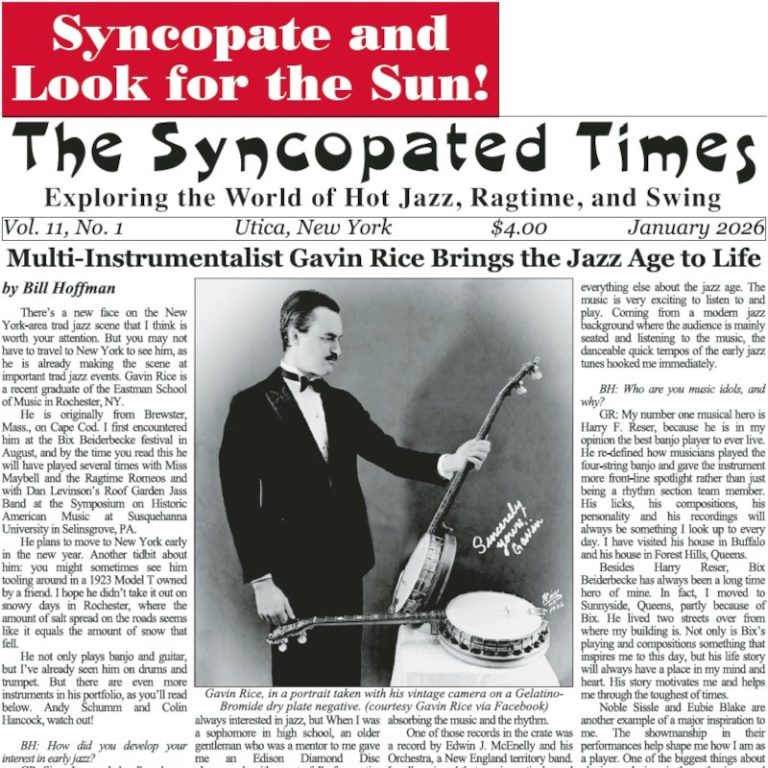
Igor Stravinsky’s theatrical chamber work A Soldier’s Tale (L’histoire du soldat in French, 1918) is widely considered a masterpiece of 20th century music. Musicians such as Frank Zappa, Roger Waters, and Sting, and actors such as Jeremy Irons, Glenda Jackson, and Vanessa Redgrave have championed the work in performance. The piece’s ensemble consists of three voices for spoken-word narration, and a septet of clarinet, bassoon, cornet, trombone, percussion, violin, and double bass.
There is a tango-waltz-ragtime dance sequence dominated by the violin (representing the titular character) toward the end of the piece. I find the tango portion to be particularly interesting: it is a duet for violin and clarinet, with those instruments mostly playing in their rich, low G string and chalumeau registers respectively. The writing for violin in A Soldier’s Tale is quite virtuosic. Polytonality and shifting time signatures—hallmarks of Stravinsky’s Neoclassical compositional approach—are fully utilized in A Soldier’s Tale. There are numerous excellent recordings available.
Brandon Byrne is a ragtime composer, performer, and scholar. Max Morath said of Byrne, “Brandon’s unique compositions display unparalleled gifts and hidden virtuosity. His music reflects the past and challenges the future. His playing will touch your soul.” For a full list of his compositions, please visit his website.






